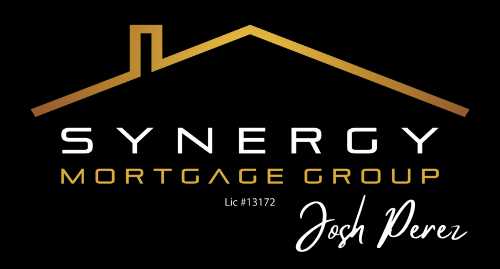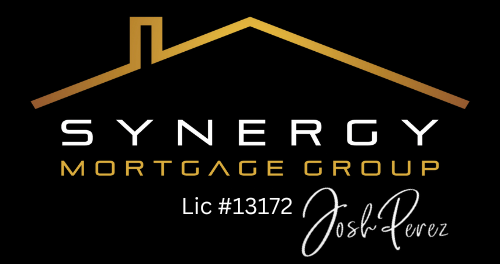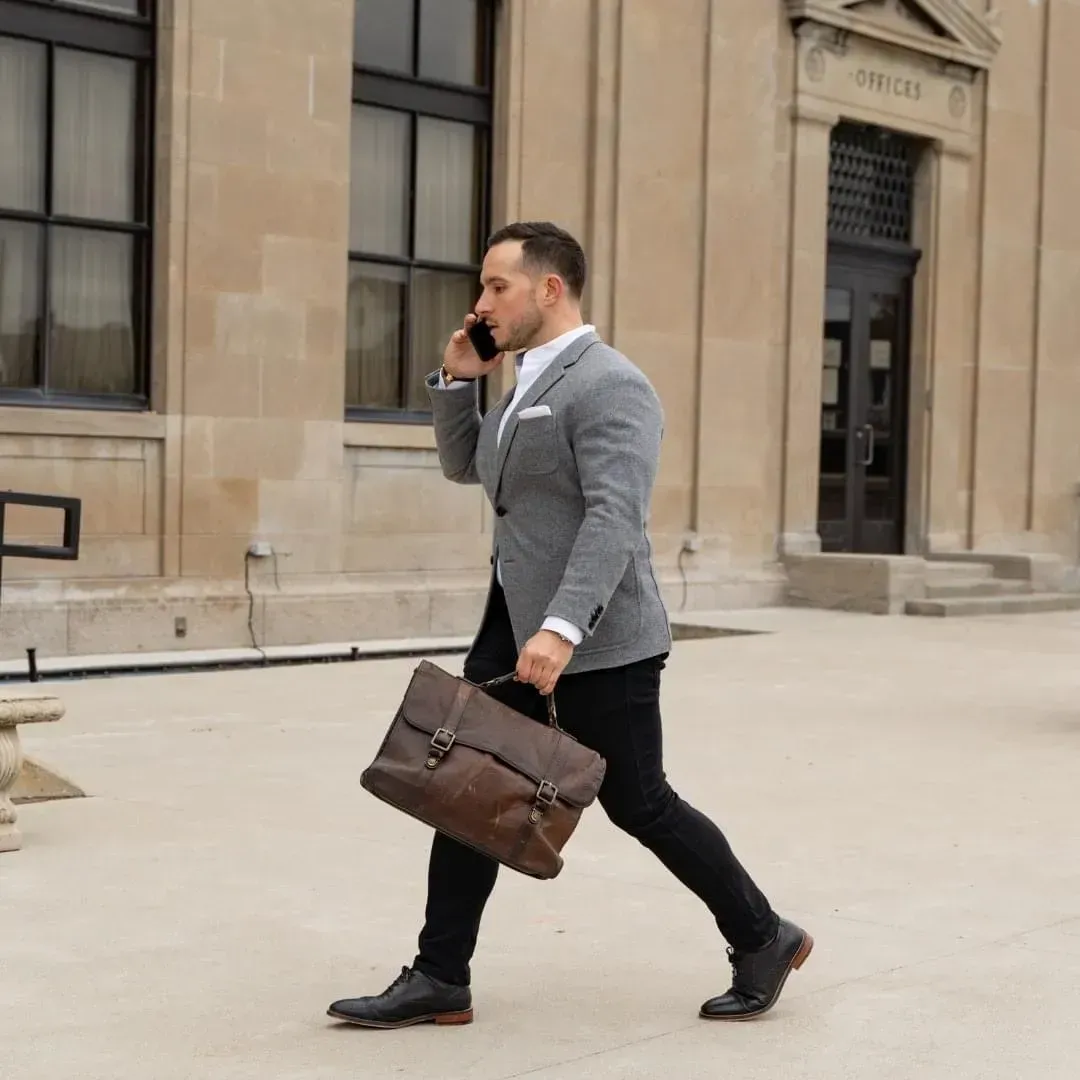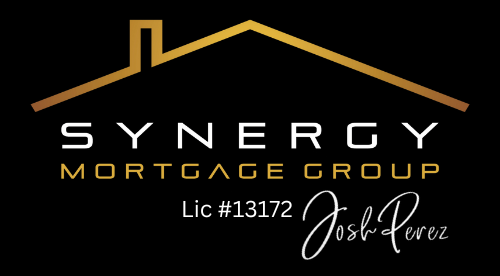The Journey of a Real Estate Investor
I recognize that I was very fortunate to get into real estate when I did, but like anyone who's invested in real estate, when following a system and the fundamentals of real estate, particularly focusing on cash flow, things can snowball quickly. What started as investing in duplexes soon expanded to triplexes, the occasional flip, and eventually mixed-use properties and apartment buildings. Now, I'm venturing into a bit of development.
My investments span from Florida to local projects, with a strong emphasis on multifamily and cash-flowing assets. Beyond these, I've also explored some other asset types, but multifamily properties have been the cornerstone of my real estate portfolio. Currently, I manage about 90 doors, and with a few deals in the works, I’m hopeful to double that number in the coming months.
I share this journey because I want to emphasize that I have skin in the game. I’m working toward the same goals as many of you. I'm not just a mortgage broker or a financing person trying to administer transactions. I'm continually seeking the next best approach for my investment portfolio and my financial goals. At Synergy, our value add is sharing our experience and what we’re seeing in the market to help you succeed.
By focusing on cash flow and leveraging the fundamentals of real estate, you too can see your investments grow. Whether you’re just starting or looking to expand your portfolio, the key is consistency, diligence, and a keen eye for opportunities. Together, we can navigate the real estate landscape and achieve our investment goals.
If you’re interested in learning more about my journey or want to discuss your investment strategies, feel free to reach out. Let's work together to build a robust and profitable real estate portfolio.
"I have skin in the game. I'm not just a mortgage broker or a financing person trying to administer transactions. I'm still looking for the next best approach for my investment portfolio and my goals, and our value add at Synergy is really about sharing our experience and what we're seeing in the market."





